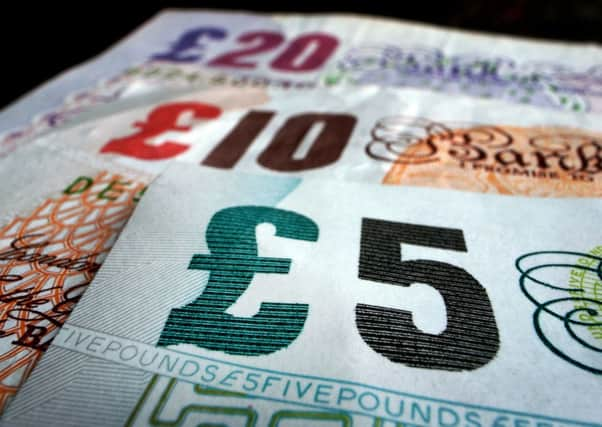Tom Peterkin: Is Salmond Plan B good for Scotland?


Alex Salmond may be reluctant to spell out his Plan B for Scotland’s currency arrangements, but it is becoming increasingly clear he has “sterlingisation” in mind should his Plan A fail.
The move towards sterlingisation (ie, using the pound without the support of a central bank) was reflected in this week’s speech by Crawford Beveridge, the chairman of the group Salmond established to look at currency after independence. Beveridge said sterlingisation was a viable transition option, assuming that pro-Union politicians stand by their pledge not to consider Salmond’s Plan A (a formal currency union that involves sharing the pound and the Bank of England).
Advertisement
Hide AdAdvertisement
Hide AdThe effusive way in which Beveridge discussed Plan B options – and sterlingisation in particular – contrasted with the coyness Salmond has displayed on the subject in public. For political reasons, Salmond has shied away from pontificating on currency options on the basis that loose talk might weaken his negotiating position in the event of a Yes vote.
As chairman of Salmond’s fiscal commission working group, Beveridge is better placed than anyone else to give an insight into the First Minister’s thoughts on currency. In that regard, it is instructive to compare the fiscal commission working group’s apparent newfound willingness to embrace sterlingisation with its original thoughts on the issue.
When the working group published its first report last year, the option of sterlingisation was practically ruled out. The 2013 report said sterlingisation would share some of the benefits of a formal currency union, but added there were “some additional drawbacks”.
Sharing the pound minus the Bank of England would mean that the Scottish Government would have “no input into governance of the monetary framework and only limited ability to provide liquidity to the financial sector”.
The report went on to say that the “amount of currency available would depend almost entirely on the strength of the Scottish balance of payments”. The following paragraph concludes: “The two clear options for Scotland are therefore to seek to join a formal monetary union with sterling or the euro.”
Opinion on sterlingisation is sharply divided. For example, an Adam Smith Insitute report today sings its praises. But it is difficult not to notice that the fiscal commission’s first report’s mention of currency and balance of payments as one of sterlingisation’s drawbacks, makes almost exactly the same point now being raised by Better Together. The No campaign argues Scotland would inherit a balance of payments of minus 5 per cent of GDP. In order to turn that around, Better Together argues that an independent Scotland would have to run a long-term austerity programme.